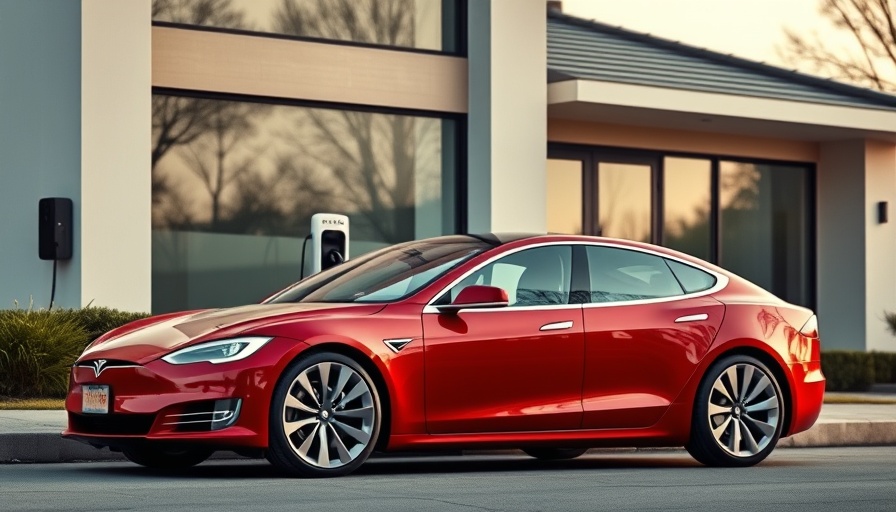
Understanding the Real Costs of Tesla Battery Replacement
As electric vehicles (EVs) become increasingly common on the roads, many drivers find themselves questioning the long-term costs associated with ownership. While Teslas are often seen as a progressive choice in the automotive market, they also come with unique challenges, particularly concerning battery longevity and replacement costs. This article dives deeper into what Tesla owners need to know about battery degradation, replacement timelines, and costs, while also providing practical tips for extending the life of these essential components.
The Issue of Battery Degradation
Battery degradation is perhaps the most significant concern for EV owners. Unlike traditional vehicles, where parts such as engines can fail abruptly, EV batteries degrade gradually. As the battery ages, it retains less energy, which directly impacts the vehicle's range. Similar to smartphones, where battery performance diminishes after extensive use, Tesla batteries follow a comparable pattern. This gradual decline can be influenced by several factors including usage patterns, climate conditions, and charging habits.
Lifespan Expectations for Tesla Batteries
Currently, Tesla claims that their battery packs can last anywhere from 300,000 to 500,000 miles depending on the model, but it's important to note that this is a broad estimate. Early Teslas have shown significant longevity, with some exceeding 200,000 miles, despite the inherent risks of battery degradation. Owners can prolong battery life by maintaining optimal charging habits and minimizing exposure to extreme temperatures. Drivers should consider moderating their use of fast-charging and instead focus on regular, moderate charging.
The High Costs of Replacement
When the time comes for a battery replacement, Tesla owners should brace themselves for a hefty price tag. Battery replacement costs can range significantly, often amounting to thousands of dollars. This high expense can be a significant shock, especially for an aging vehicle. Moreover, the replacement process necessitates specialized equipment, which limits the scope of repairs that can be performed by third-party repair shops. This exclusivity can complicate the process and potentially drive the costs even higher.
Your Options and What to Expect
If your Tesla battery does reach the end of its lifespan, you'll need to explore various options available for replacement. Tesla does offer an official replacement service, but understanding the scope and costs of other alternatives is beneficial. Being locked into one solution could limit not just costs but also the flexibility of choosing a service that best suits your budget.
Making Informed Decisions with Your Tesla
For current Tesla owners and potential buyers alike, being informed about battery health and costs can dramatically affect ownership satisfaction. Understanding how to enhance battery life, coupled with knowledge of replacement costs, empowers users to make better decisions about their vehicle choices. Knowing when to replace or repair an aging battery can save future complications.
Conclusion: Long-Term Considerations When Buying a Tesla
In conclusion, while owning a Tesla is a step towards sustainable driving, potential buyers must weigh the hidden costs of battery maintenance and replacement. Particular attention should be paid to battery degradation patterns and replacement costs. As the shift to an electric future continues, understanding these details can lead to more informed decisions that ultimately enhance the ownership experience. Tesla enthusiasts and prospective buyers should familiarize themselves with these insights to navigate the increasingly complex world of electric vehicles and ensure a gratifying ownership journey.
 Add Row
Add Row  Add
Add 




Write A Comment